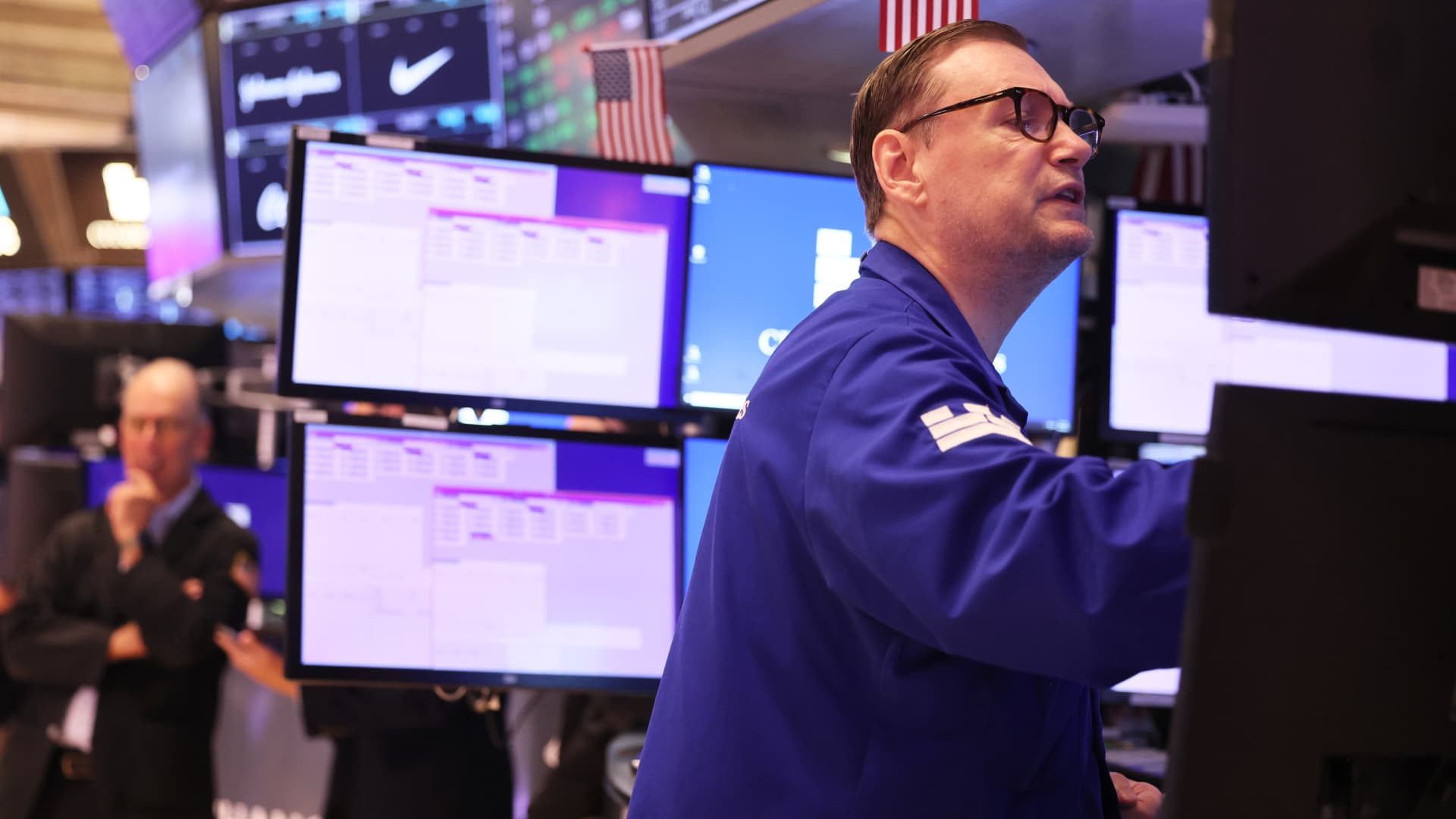The yield on the 2-year Treasury note rose to its highest level since July 2006 on Wednesday as the Federal Reserve signaled it intends to implement another rate hike before the end of 2023.
After hitting a fresh high of 5.152%, the 2-year yield last flat traded flat at 5.116%. Meanwhile, the yield on the 10-year Treasury pulled back nearly 3 basis points to trade at 4.339%. It hits its highest level since November 2007 during Tuesday’s session.
Yields and prices have an inverted relationship. One basis point equals 0.01%.
As expected, the Fed held rates steady, but signaled that it will tighten policy one more time before it completes its hiking cycle. After that increase, the central bank suggested that it would start cutting rates in 2024, but at a slower pace than indicated in June.
During a press conference following the meeting, Fed Chair Jerome Powell indicated that the central bank would “proceed carefully” in hiking rates further, although it has more work cut out for it as it fights to tamp down sticking prices. He also indicated that while a soft landing for the economy may be plausible, it’s not his baseline case.
Many investors have been hoping that the end of the Fed’s rate-hiking cycle is near as concerns about higher rates dragging the U.S. economy into a recession have persisted. Fed officials have not, however, discounted the possibility of more rate hikes.
Treasury yields have continued to rise to multi-year highs even as expectations that the Fed would hike one more time this year have moved lower. Many investors are hoping market yields will continue to back off highs if inflation continues to ease and if the Fed eventually signals it’s done hiking rates.
The central bank began hiking rates in March 2022 and has done so at all but one other meetings in an effort to bring inflation down and cool the overall economy, including the labor market.
Last week, however, the latest consumer and producer price index reports suggested that inflationary pressures are continuing, but at a moderate level.

